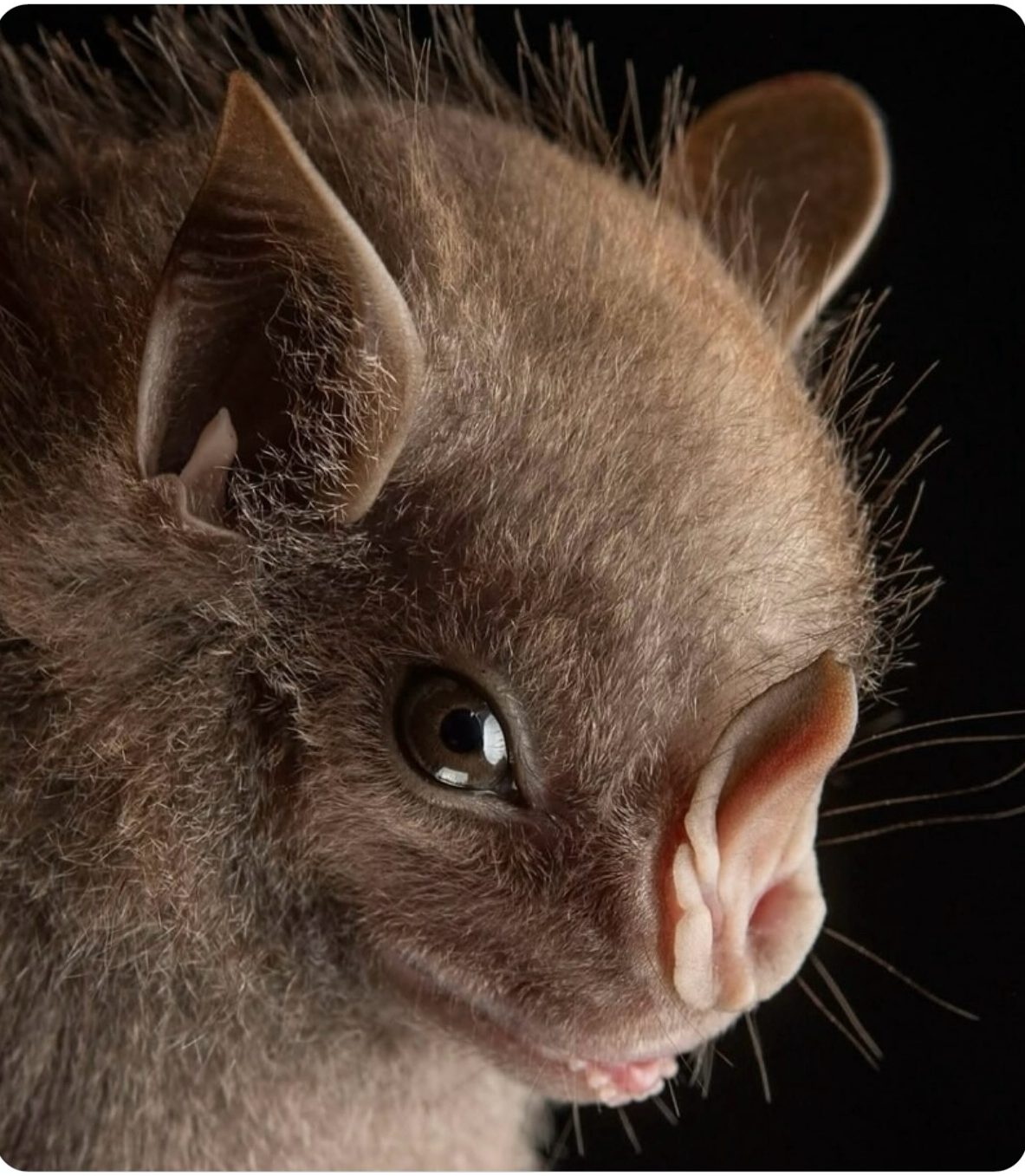From White-Furred Beauties to Wrinkled Giants: Discovering the Hidden World of 19 Bat Species
Bats are one of those animals that often live in the shadows of our imagination. They fly silently through the night, slipping between trees and rooftops, their presence often noticed only in passing. For centuries they’ve been tied to myths, sometimes feared, sometimes misunderstood. Yet when you take the time to look closely, you begin to realize that bats are some of the most remarkable creatures on Earth, with faces and forms as varied as any other group of animals. Photographer José G. Martínez-Fonseca has shown this beautifully by capturing different species up close, each one with its own personality and charm. When you see these faces, the fear dissolves and what remains is awe.
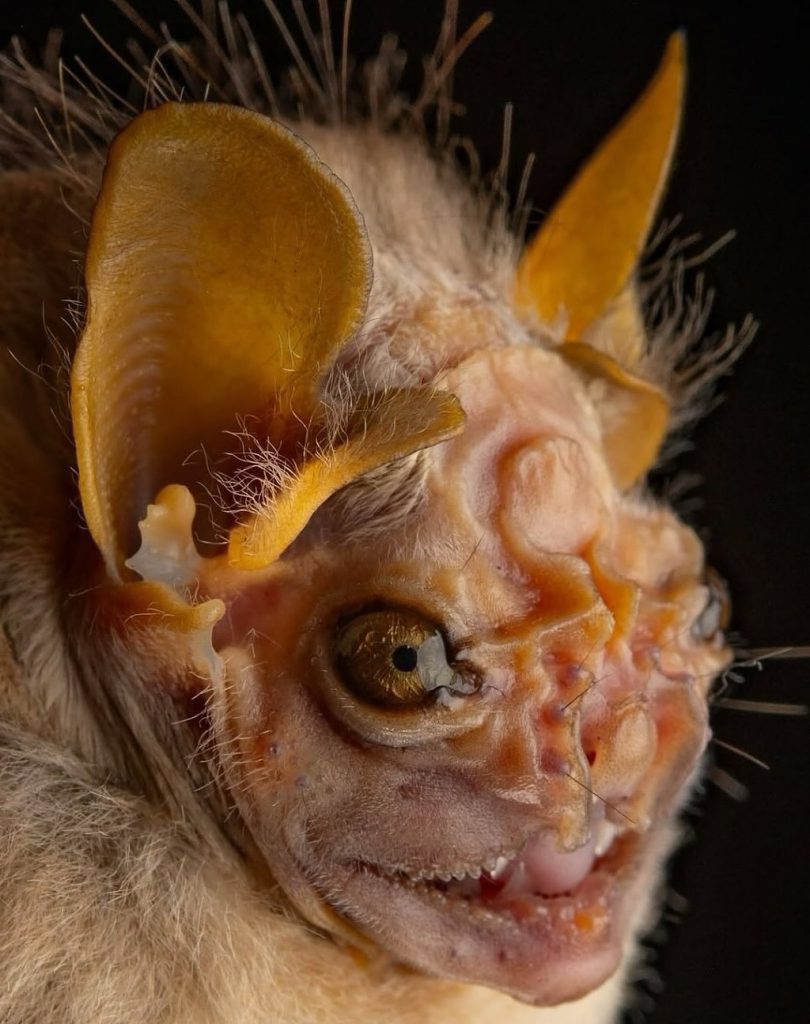
One of the most striking bats is the hairy big-eyed bat, known scientifically as Chiroderma villosum. Its name alone paints a picture, and in person it looks almost endearing, with wide eyes framed by fur that gives it an almost teddy bear-like quality. Its gaze seems soft, almost as though it is watching with quiet curiosity. This is a bat that feeds on fruit, playing a vital role in spreading seeds and helping forests regenerate. When you learn that, it becomes harder to associate it with fear—it is, in its own way, a gardener of the night.
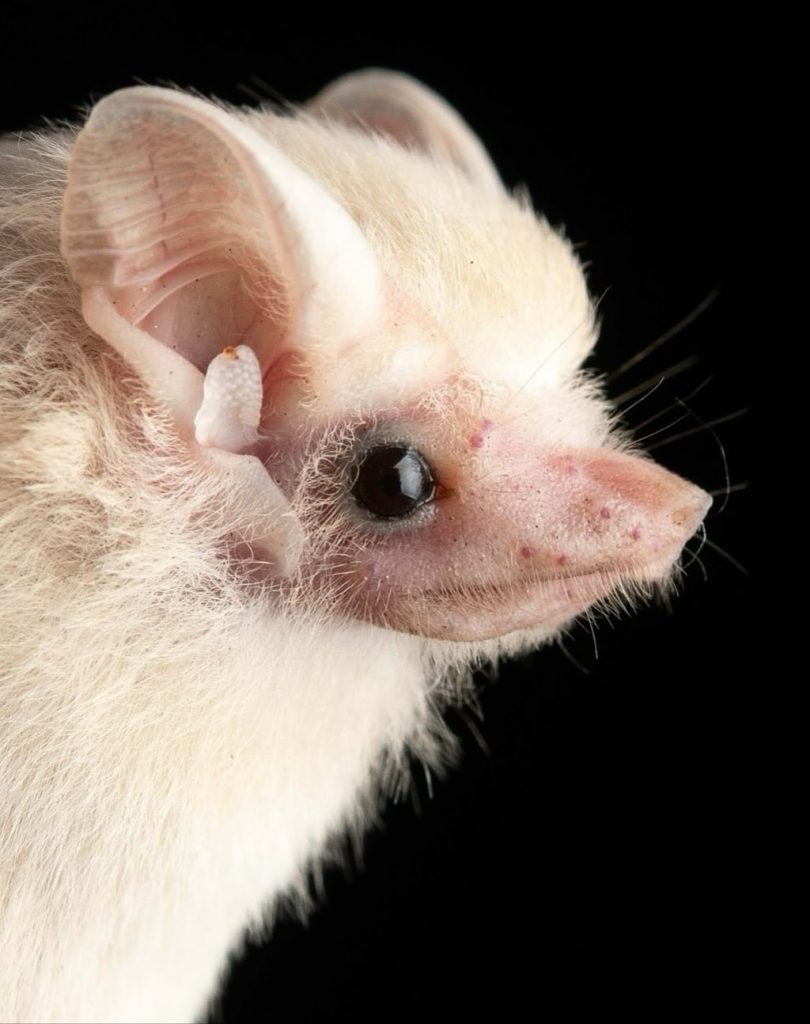
Then there is the lesser dog-like bat, Peropteryx macrotis, with features that earn it its unusual name. Its face does resemble that of a small dog, complete with alert ears and a keen expression. Unlike the fruit bats, these are insect eaters, flitting through the night skies to catch mosquitoes and other small insects. In doing so, they provide a service that humans benefit from every day, controlling pests without us even realizing it.
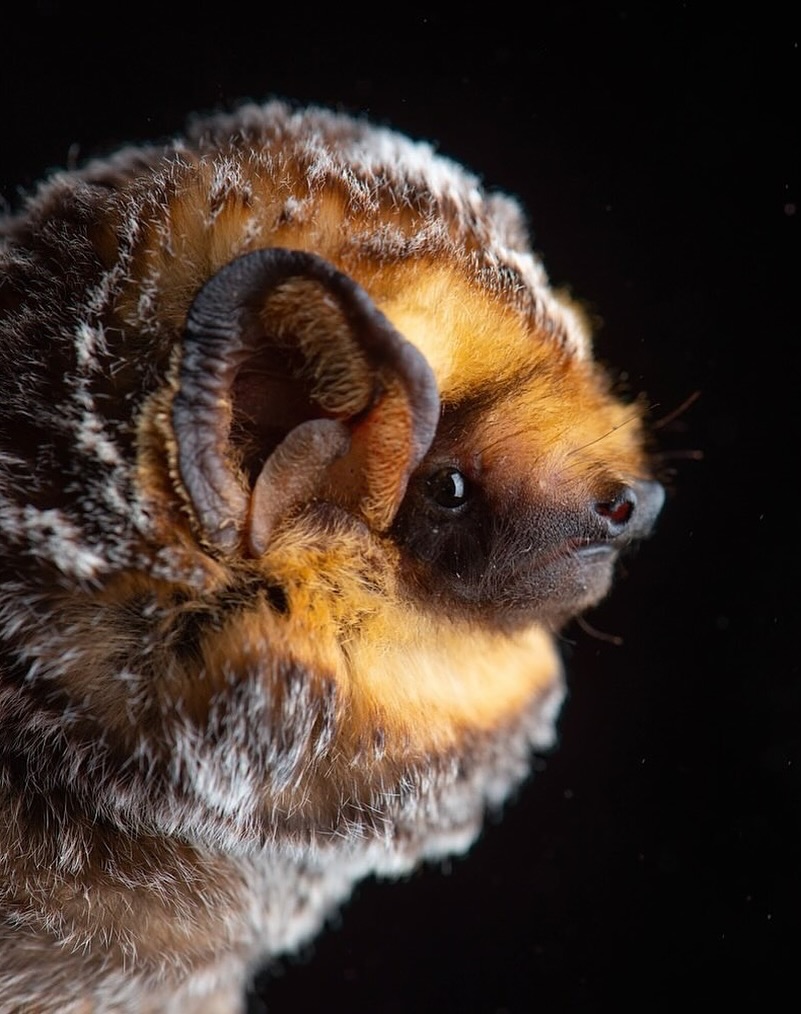
Perhaps the most unusual face belongs to the wrinkle-faced bat, Centurio senex. At first glance, its appearance can be startling, with skin folds and textures that look almost sculpted. But when you take a moment to really look, there is beauty in those wrinkles. Each fold is part of its evolutionary story, giving it a unique identity. Wrinkle-faced bats are also fruit eaters, and their strong jaws allow them to feed on tougher fruits that others cannot, filling a special ecological niche.
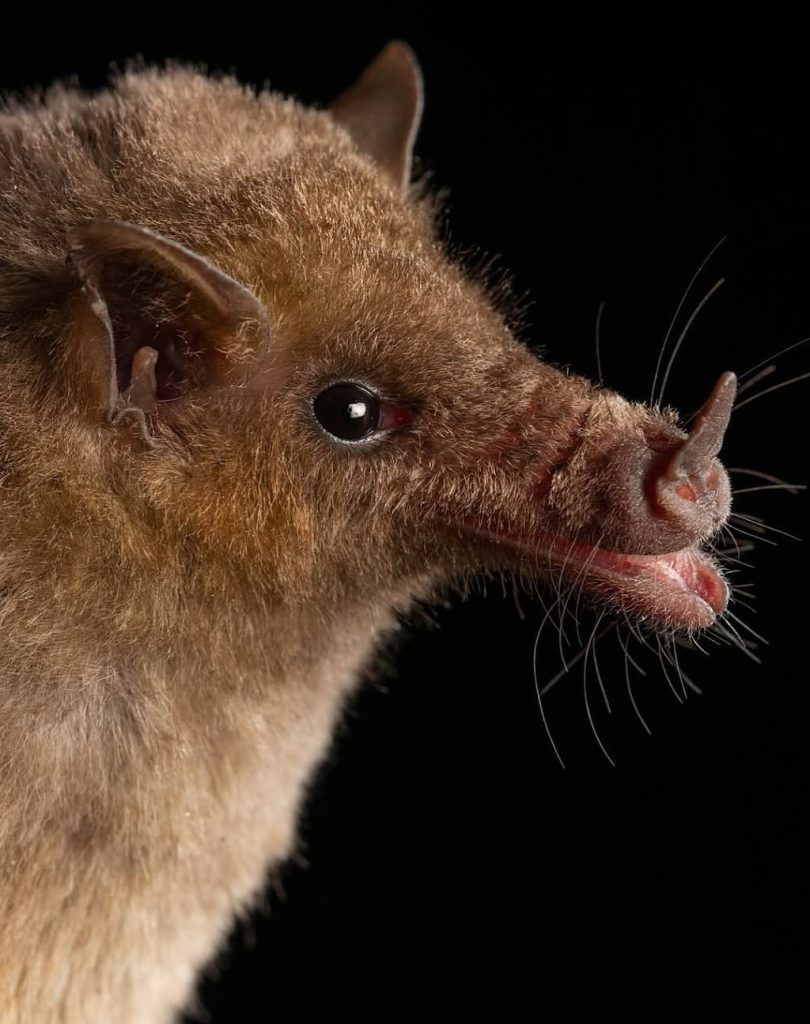
On the other end of the spectrum, there is the soprano pipistrelle, Pipistrellus pygmaeus. Its name sounds delicate, and it is indeed one of the smallest bats in Europe. Light, fast, and agile, it feeds on tiny insects, navigating the air with incredible precision. Its size makes it easy to overlook, but its role is as important as any larger bat’s. In its smallness lies an elegance that is easy to admire once you learn about it.
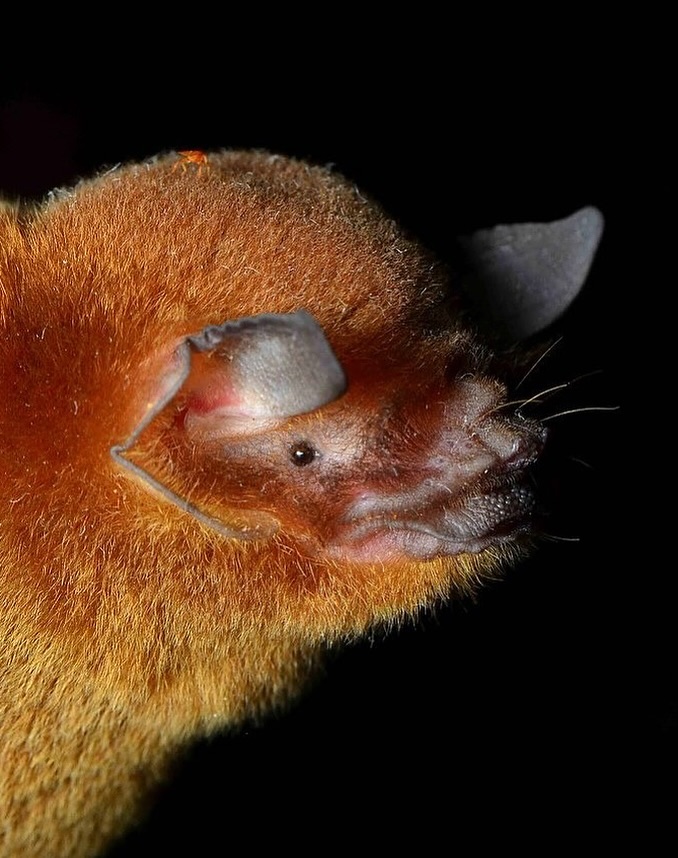
Then comes one of the most charming bats of all, the Honduran white bat, Ectophylla alba. Unlike the darker tones that most people imagine when they think of bats, this species is snow-white, with a small golden nose and ears that stand out brightly. They live in Central America and have a fascinating habit of building little tents from leaves, cutting the veins so that the leaf folds into a shelter. Inside, groups of these small white bats roost together, looking like tiny balls of fluff nestled in green tents. They look so delicate and unreal that it’s no wonder they’ve captured the admiration of everyone who has seen them.
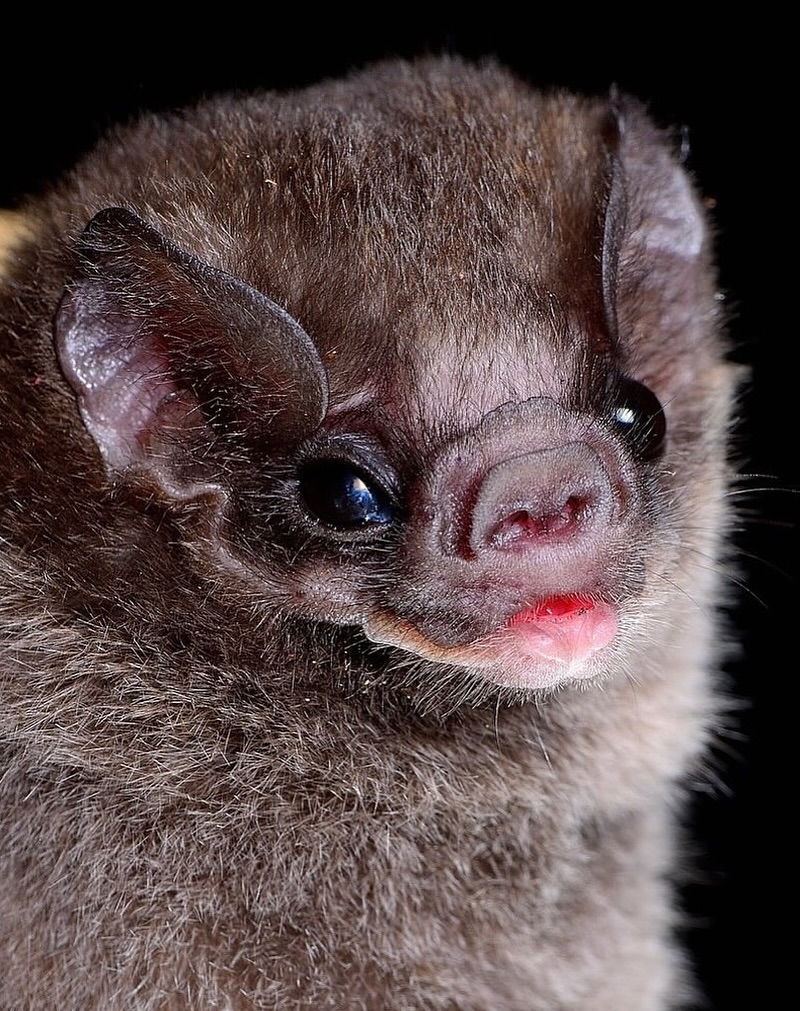
Allen’s big-eared bat, Idionycteris phyllotis, lives up to its name with enormous ears that make it look both comical and majestic. Ears this large are not just for show—they help the bat detect the faintest sounds of insects in the dark. Similarly, the large-eared horseshoe bat, Rhinolophus philippinensis, has a nose structure so intricate it looks almost like a flower. This nose-leaf is part of its echolocation system, directing sound waves that allow it to navigate and hunt with an accuracy that seems otherworldly.
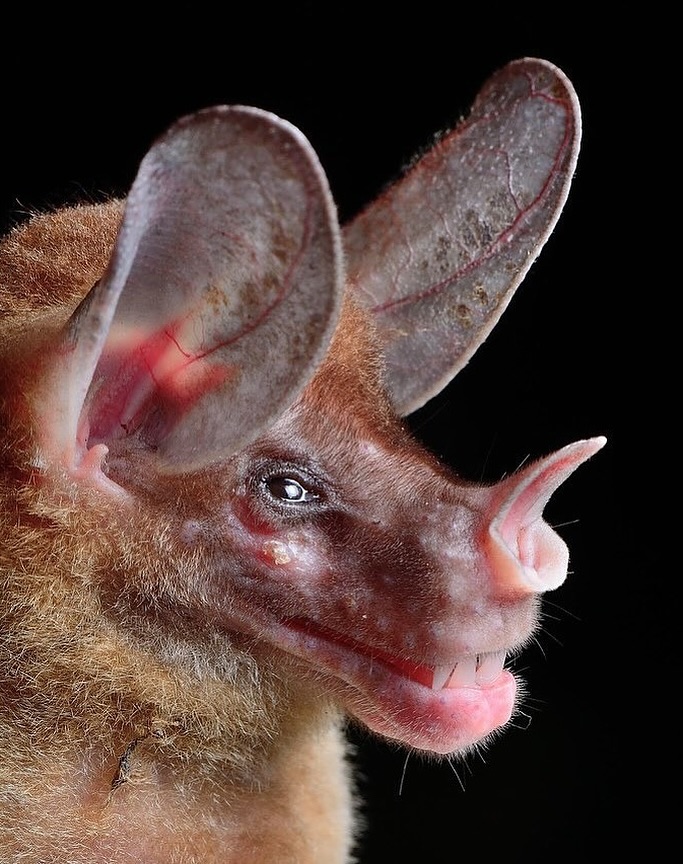
Among the smaller and lesser-known species is Peters’s goblin bat, Mormopterus jugularis. Its name suggests something mischievous, and its tiny frame does give it a sprite-like quality. The common tent-making bat, Uroderma convexum, on the other hand, is known for its clever shelters, folding palm leaves into safe resting places. Both species remind us that bats are not just survivors but also architects of their habitats.
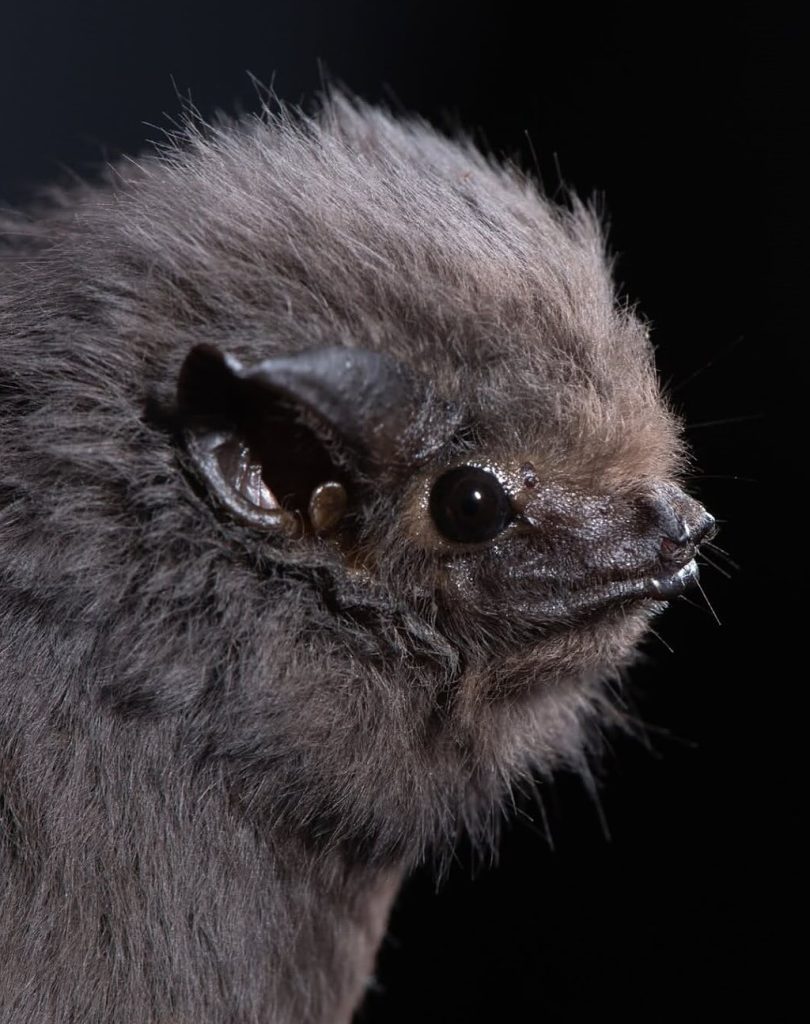
Some bats, like the greater bulldog bat, Noctilio leporinus, show just how diverse their adaptations can be. This species is equipped with large feet, which it uses to skim the surface of water and catch fish. Watching one hunt is like watching a fisherman in miniature, casting its net not with tools but with biology itself. It is a reminder that bats are not limited to the air but connect the skies to the water as well.
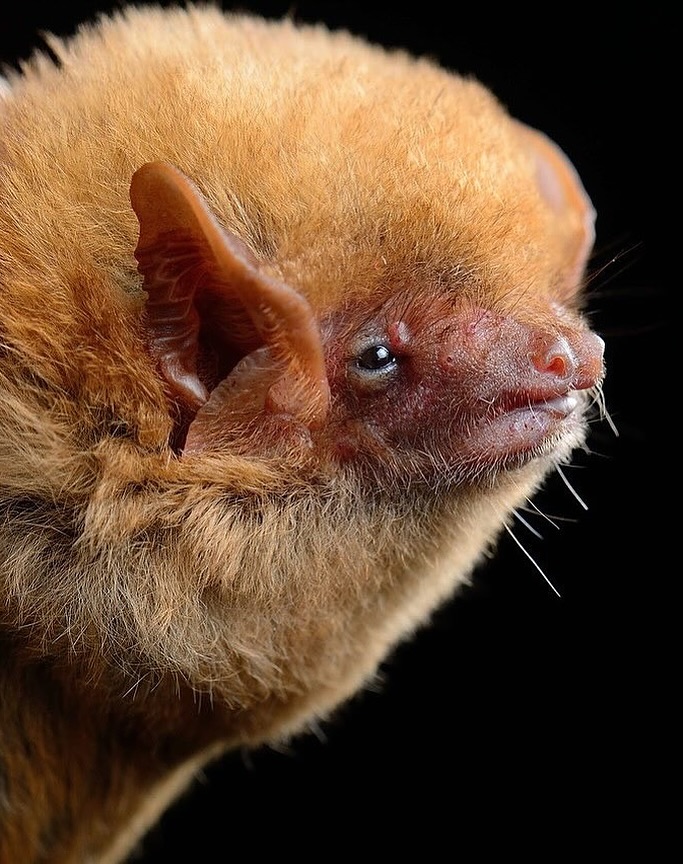
There are also rare appearances, like the leucistic velvety free-tailed bat, a pale version of the more common Molossus molossus, and the velvety fruit-eating bat, Enchisthenes hartii, with its rich coat and gentle eyes. Each one looks different, and each one carries traits that tie it to its corner of the world.
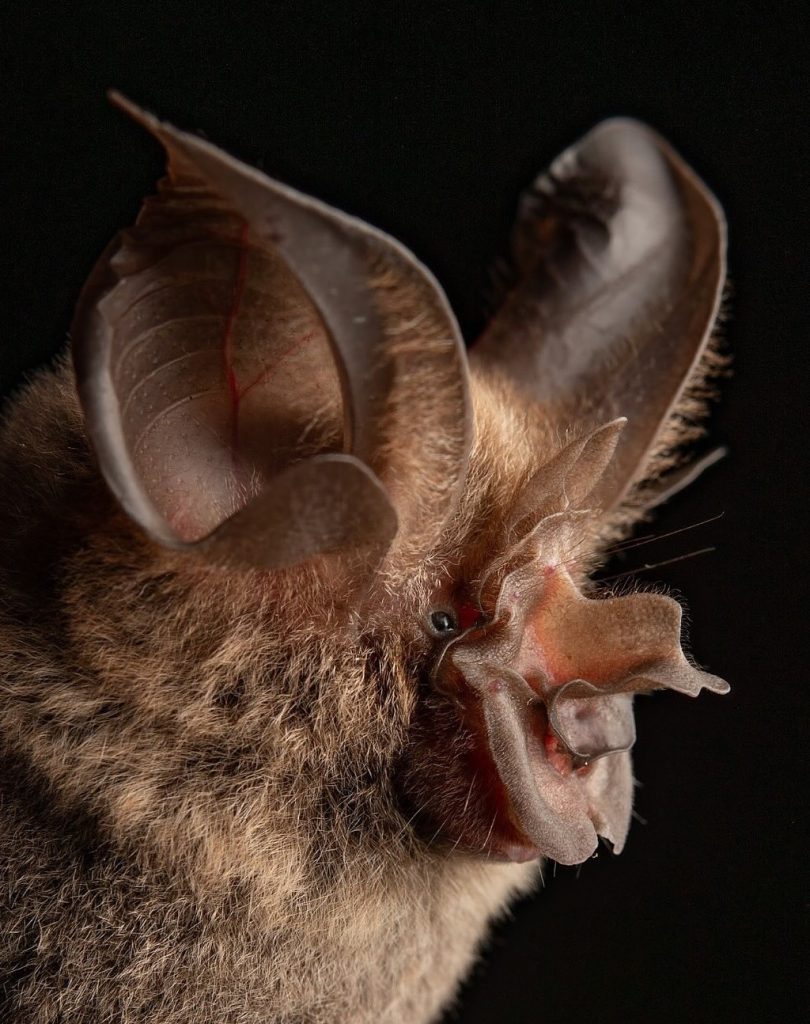
The smoky short-eared bat, Cyttarops alecto, is another lesser-known species, and the eastern red bat, Lasiurus borealis, stands out with its warm orange-red fur, glowing like embers in the right light. Then there is the hoary bat, Aeorestes cinereus, whose frosted gray fur looks as if it has been dusted with snow. It is a migratory species, traveling long distances and showing us that bats, too, can be long-distance voyagers across continents.
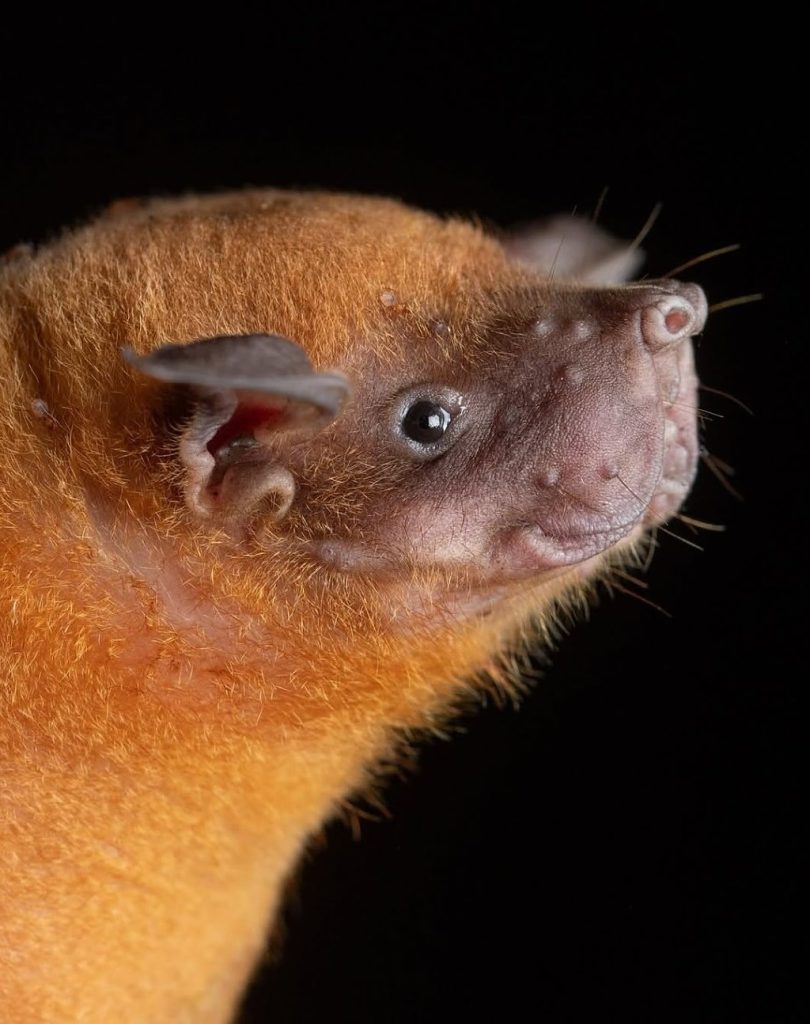
At the other end of the size scale is the spectral bat, Vampyrum spectrum, the largest carnivorous bat in the world. It has a presence that commands attention, its size and hunting ability making it a powerful figure in its ecosystem. Contrast that with the hairy-legged vampire bat, Diphylla ecaudata, which feeds not on human myths but mainly on the blood of birds. Its role, though unusual, is part of nature’s balance.
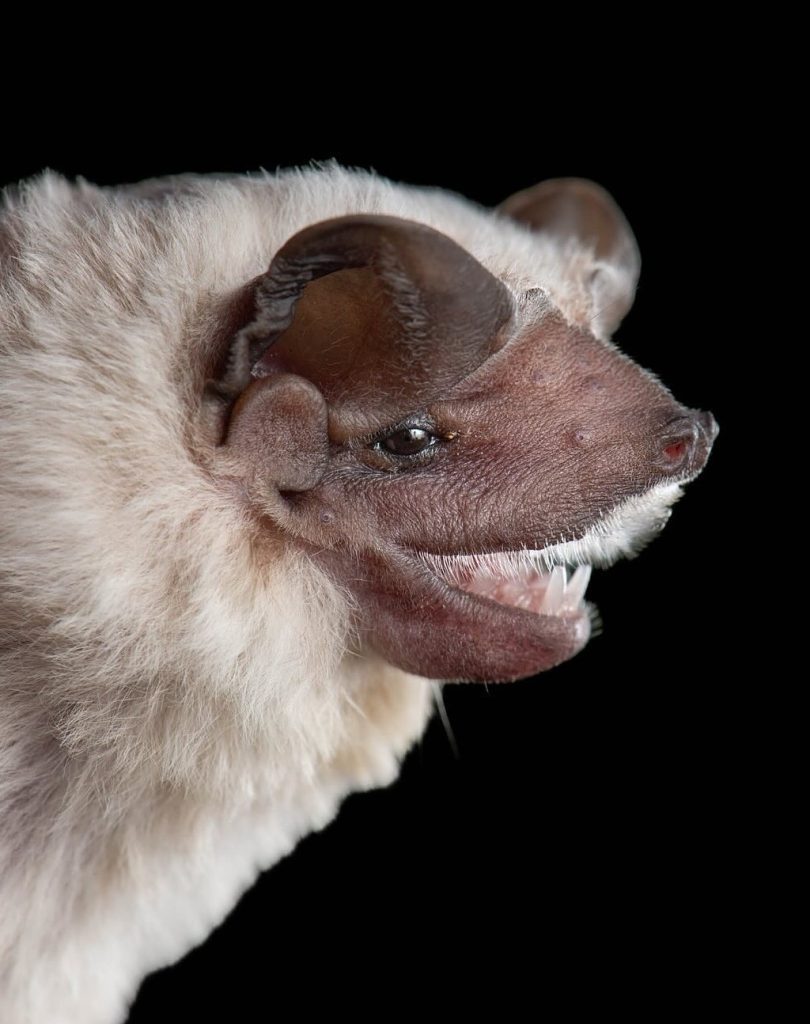
Parnell’s mustached bat, Pteronotus parnellii, has a distinguished look, with facial hair patterns that live up to its name. The Mexican long-tongued bat, Choeronycteris mexicana, carries a tongue adapted to reach deep into flowers, making it an important pollinator. Without bats like this, many plants would struggle to reproduce, and ecosystems would lose essential connections.
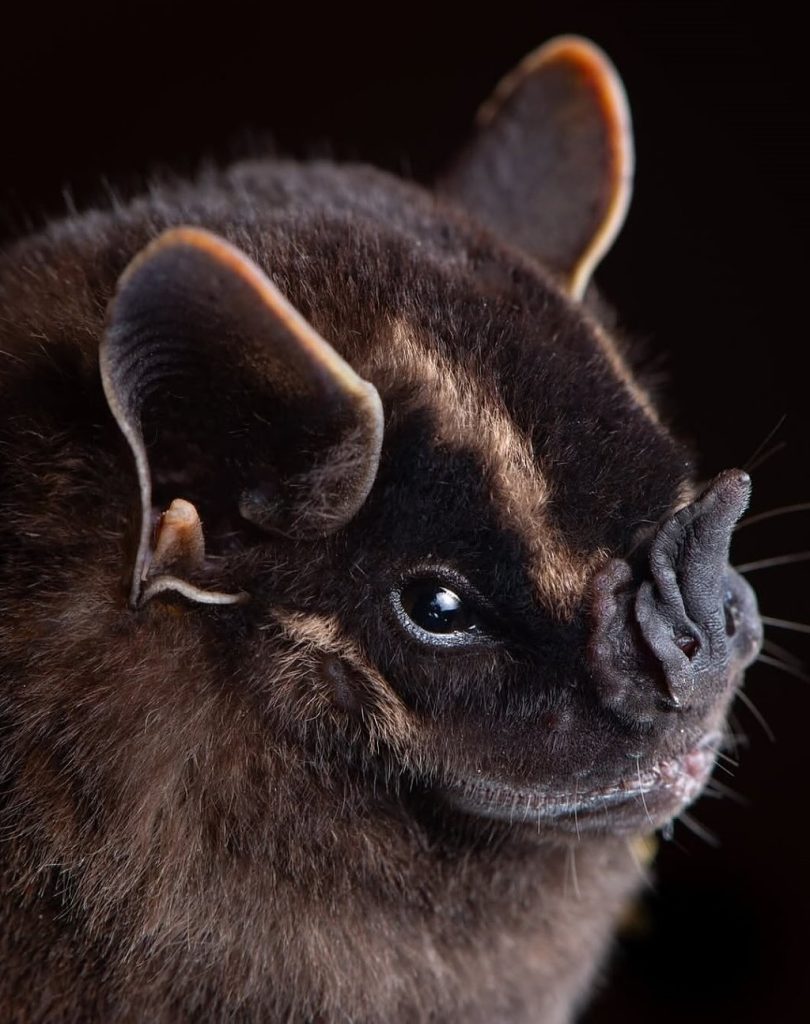
Each of these bats, from the smallest pipistrelle to the largest spectral giant, tells a story of survival, adaptation, and quiet beauty. They are not monsters of the night but guardians of balance, spreading seeds, pollinating plants, and controlling insect populations. Without them, our world would be poorer in ways we might not immediately see but would eventually feel.
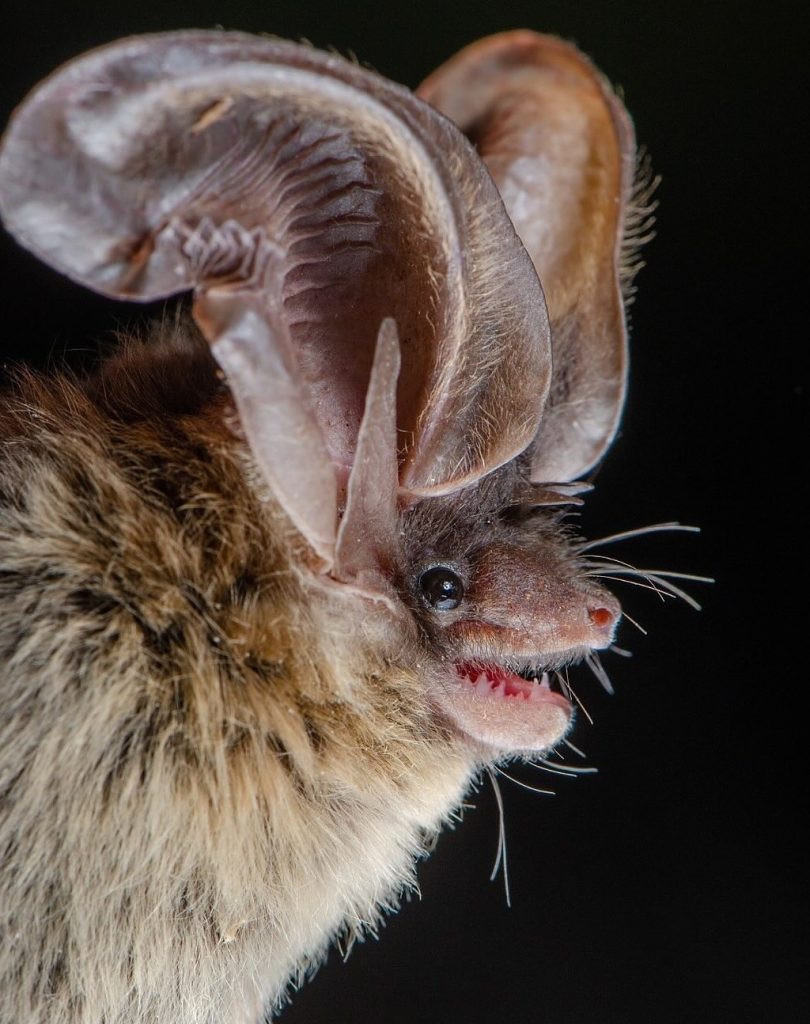
When you look at José G. Martínez-Fonseca’s photographs, you can’t help but marvel at the individuality of each species. The bats stare back at you with expressions that are anything but frightening. They look curious, determined, sometimes even gentle. They are a reminder that fear often comes from distance, from not looking closely enough. When you do look, when you really see them, you realize they are as fascinating as any other animal, perhaps even more so because they live in the places we rarely go.
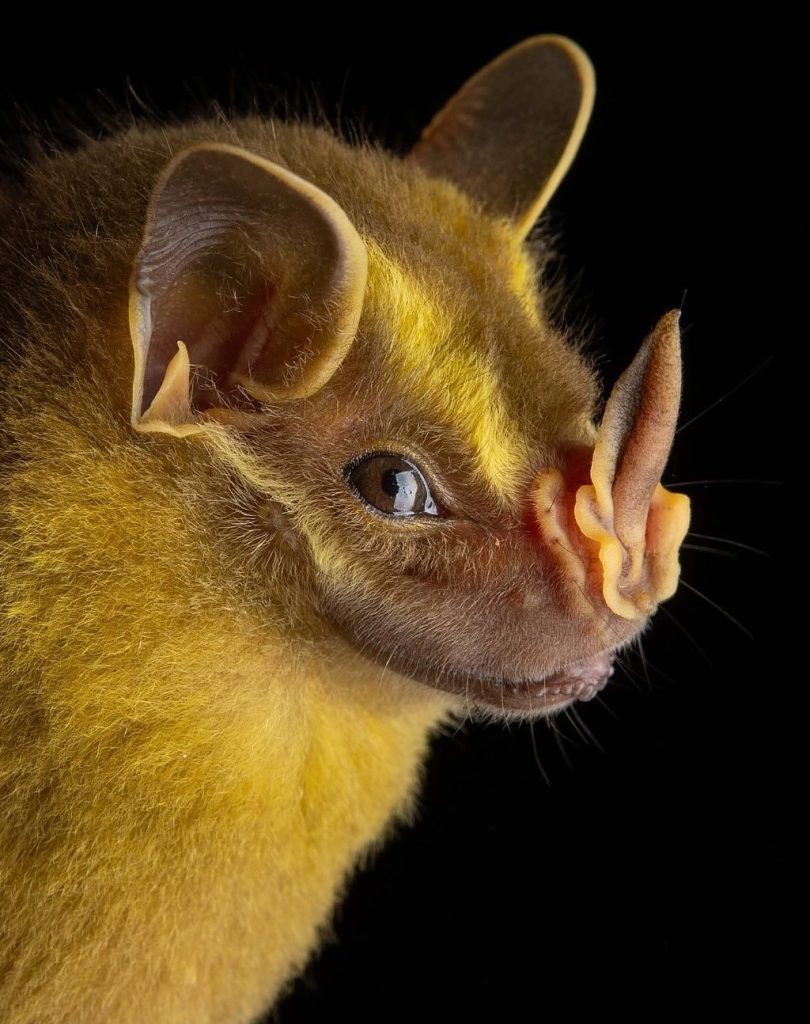
To me, the beauty of these bats is not just in their variety but in the way they challenge us to rethink old ideas. They show us that the night is not empty but filled with life. They remind us that every creature, no matter how small or strange it seems, has a role to play. And they prove that even in the shadows, there is wonder waiting to be seen.

Daniel Reed is a curious mind with a passion for breaking down how the world works. With a background in mechanical engineering and digital media, he turns complex ideas into easy-to-understand articles that entertain and inform. From vintage tools and modern tech to viral internet debates and life hacks, Daniel is always on the hunt for the “why” behind the everyday. His goal is simple: make learning feel like scrolling through your favorite feed — addictive, surprising, and fun.
